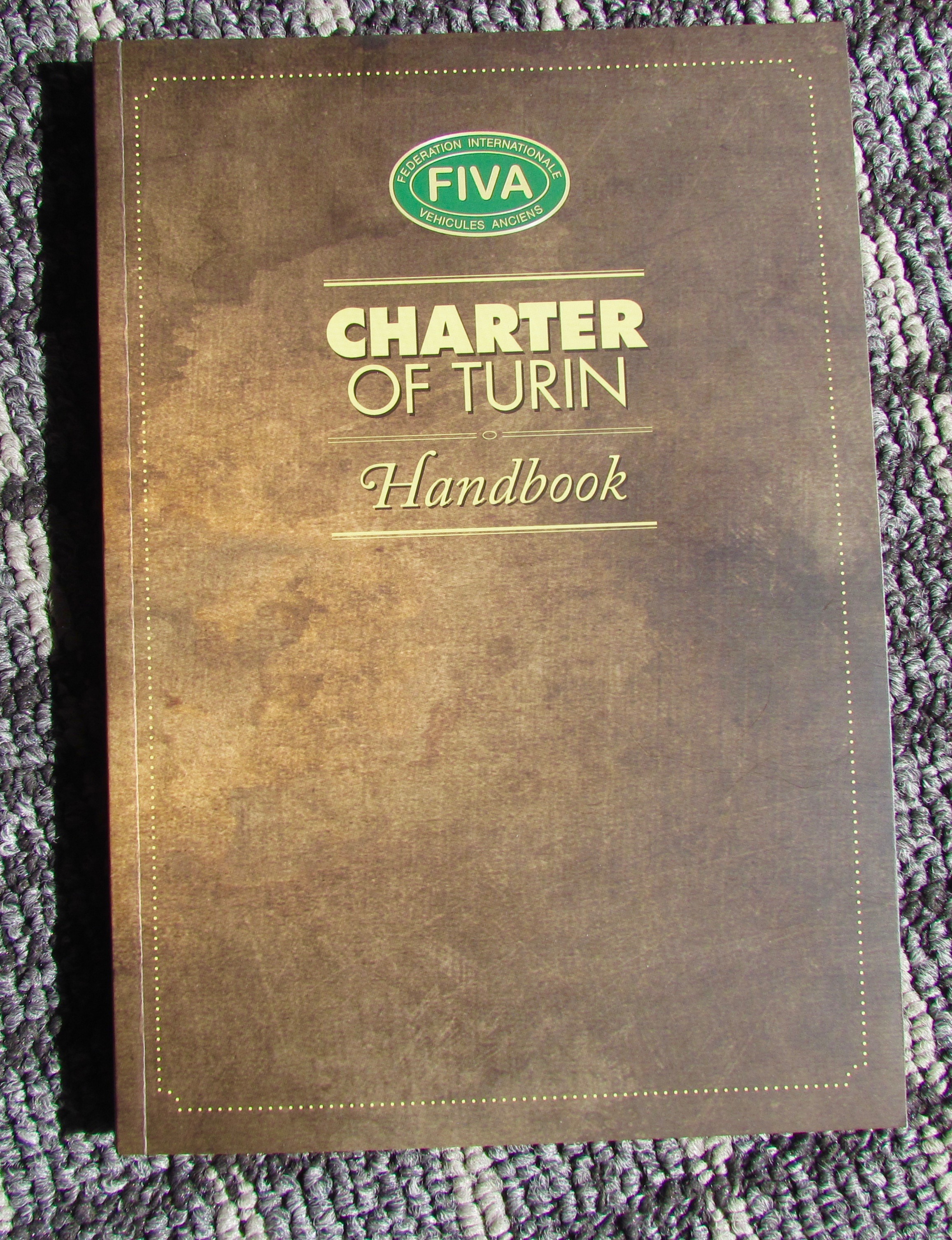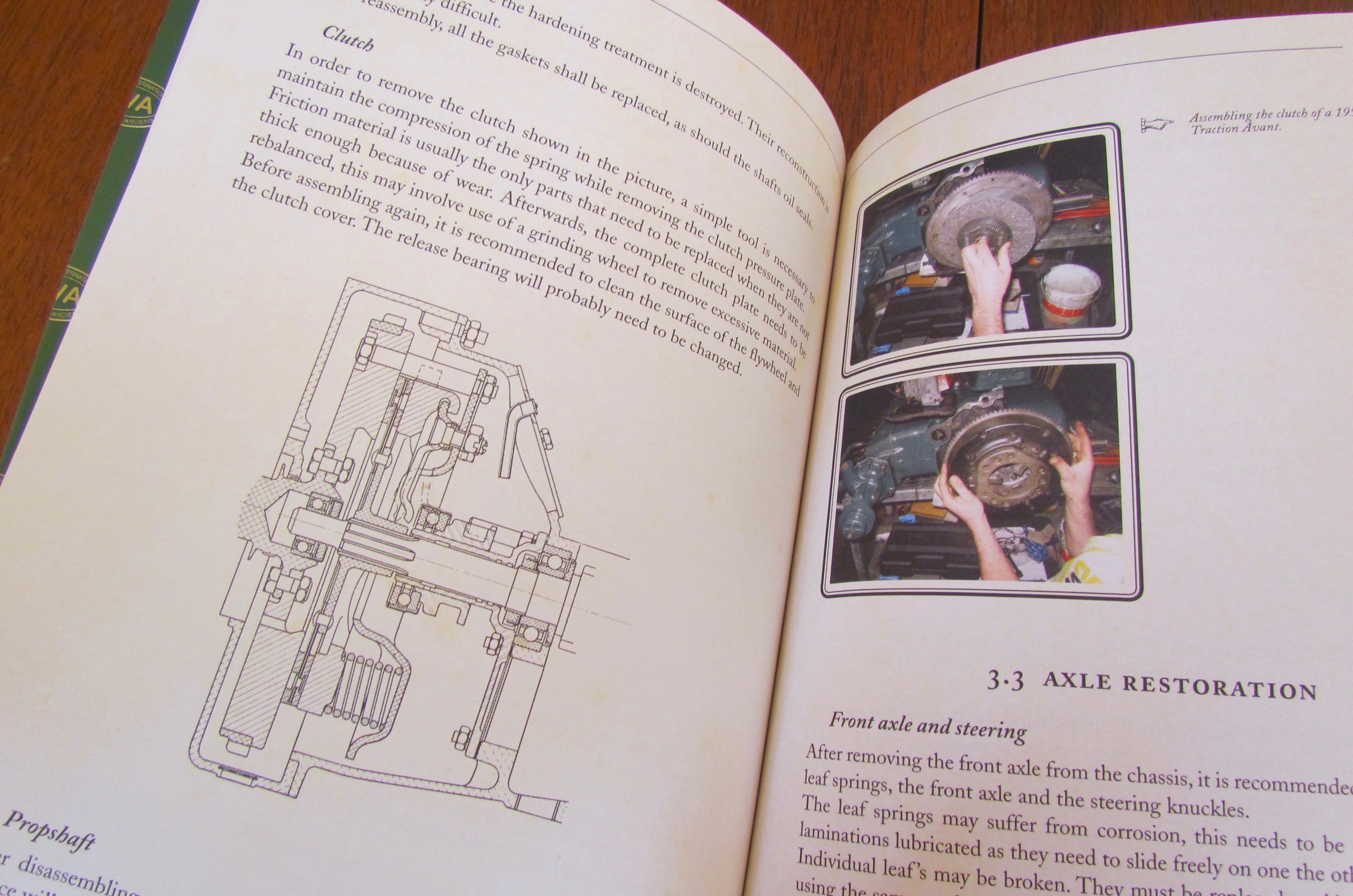A few weeks ago, the Federation Internationale Vehicules Anciens, the global group working, among other things, to make sure that old cars not only have a place on roads today but will continue to do so in the automated future, republished its Charter of Turin. This latest re-publication included a new and nearly 100-page Handbook detailing and illustrating principles of the storage, preservation and restoration of historic vehicles.

Patterned under similar charters for architecture, historic ships and rail transport, the charter originally was published in 2013, and included 11 articles, four more than the original Constitution of the United States, although in the case of the Turin document, each article is a single paragraph in length. The aim, as stated in the Charter of Turn, Article 1, was “to preserve and safeguard the history of vehicles,” including their operation on public roads.
Two years later, a Glossary of Terms was added to help readers understand nuances between such words as conservation, modification, restoration and repair, even though those terms already had been defined in the charter’s Article 5: Processes.
For example, one of the terms in the glossary is Mobile Technical Heritage. Basically, a vehicle is deemed historic not only because of age but for its cultural or technical significance. Thus, the glossary notes, Karl Benz’s first motorized vehicle is historic, but so are the MZ 2-stroke, Japanese-produced motorcycle raced by Kenny Roberts, the 1911 Graf & Stift Double Phaeton in which Archduke Franz Ferdinand was assassinated, a variety of winning race cars, the Mustang from Bullitt and the General Lee from the Dukes of Hazzard, Irv Gordon’s 3-million-mile Volvo P1800, and not only Henry Ford’s Model T but Minis that became cultural icons of the “swinging sixties.”
It all seems to make sense. Or it did until controversy erupted after a hemmings.com article headlined:
“FIVA: ‘Mint’ condition restorations equivalent to customization, should be rejected”
More than 100 readers posted comments, and FIVA responded as well, to clarify its position, and most recently Hemmings did an interview with FIVA president Patrick Rollet for even more clarification.
I spent much of the past weekend reading the 115-page Charter, Glossary and Handbook and was not dismayed by what I read. Basically, FIVA says vehicles should be maintained in their original but running order. Sometimes that means repair or even restoration, but when those are done, new parts should be labeled as such and the original parts should be retained for historical purposes.
My understanding after reading the book is that you resto-mod your ’57 Chevy and enjoy driving your vehicle, but you also should keep the original parts and document all changes you make so that some future owner could put the car back into the condition that might have occurred during its normal lifespan, which FIVA says is 15 years.
Regarding vehicles restored to better-than-original condition, such as those that have become so popular — and successful — at concours d’elegance, one of the handbook’s authors, Rodolphe Rapetti of the French Ministry of Culture, suggests that “a perfectly preserved vehicle is a vehicle which is mobile as originally intended.”
A key issue in the recent controversy may be the interpretations in the shade of differences between conservation, modification, restoration and repair and especially around FIVA’s definition of historic vehicles.
And what is that definition? Handbook contributor, architect and archeologist Thomas Kohler quotes that definition as vehicles that are “mechanically propelled road vehicles which are at least 30 years old; which are preserved and maintained in a historically correct condition; which are not used as means of daily transport; and which are therefore part of our technical and cultural heritage.”
If Rapetti and Kohler are correct, perhaps it’s time for concours judges to re-think their standards. Or perhaps such a restoration should have to age 30 years before being eligible for concours’ honors. Might the Goodguys really be bad guys for what they encourage members to do to their cars? And what happens if states that issue historic vehicle license plates — and emission exemptions — and vintage vehicle insurers adapt the same standard?

In his interview with Hemmings, Rollet explained that, for example, the original dune buggy, “Old Red,” made by Bruce Meyers, who in 1964 modified a Volkswagen Beetle for use on the beach, but it was a historic vehicle until 30 years after its production.
The same thing would seem to apply to the post-war hot rods — whether done for dry lakes racing back then or for America’s Most Beautiful Roadster honors last year — and as well to resto-mods. They aren’t to be considered historic vehicles until 30 years after their modifications are complete.
So what should we consider such vehicles in the meantime, Rollet was asked?
“They are future classics,” he replied.





